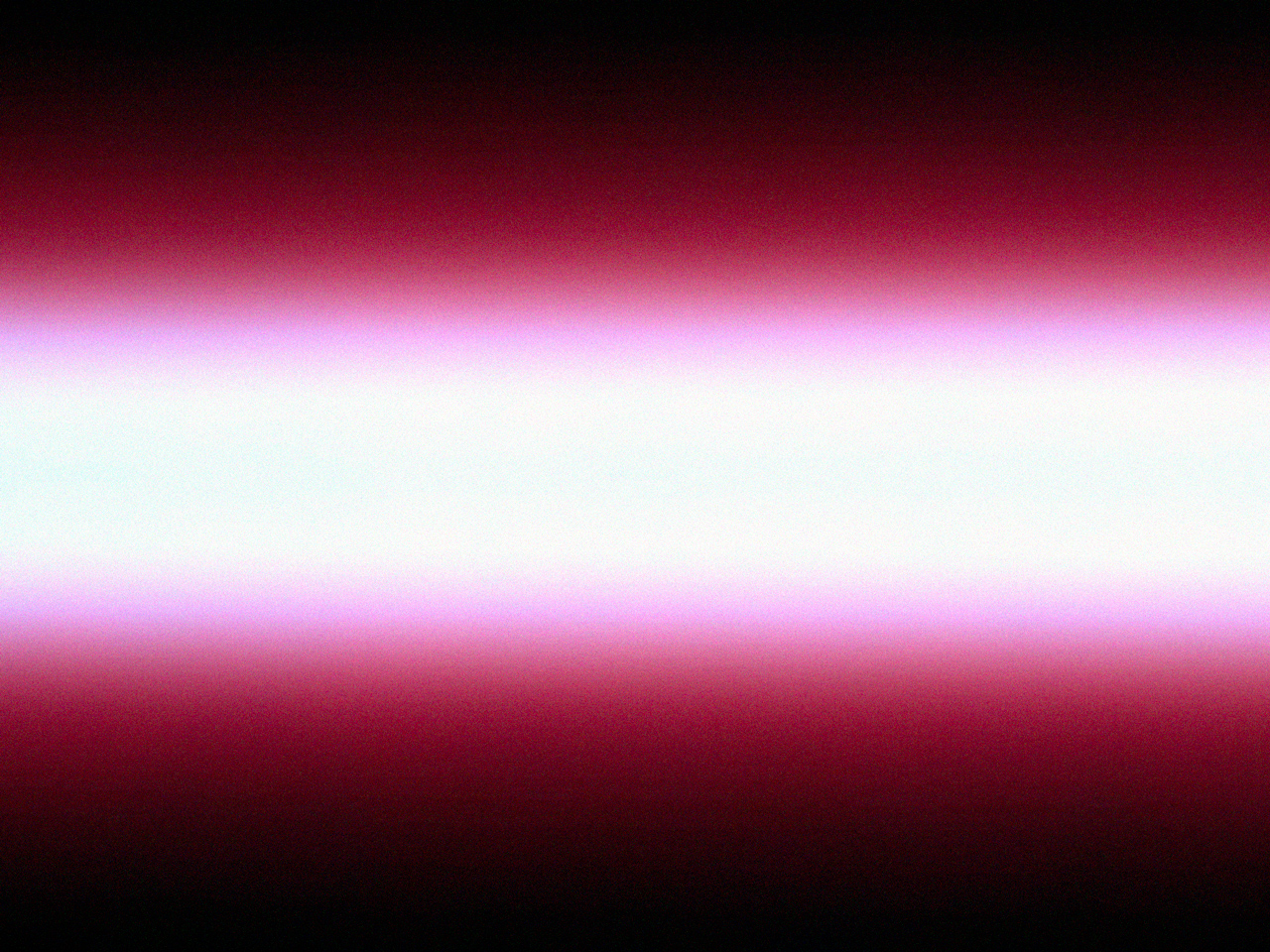FELD
2000
Audiovisual Immersive Installation
Single Channel Video (across multiple screens), Stereo Sound



FELD
Pittsburg Tribune Review
FIELD OF BEAMS
GRANULAR SYNTHESIS explores the landscape of digital culture
I was reading last week, quite by chance, an old catalog of an exhibition presented at the Carnegie Museum of Art in 1988. 'American Landscape Video: the Electronic Grove' was curated by William D. Judson, still curator of Film and Video at the museum, and is recognized as one of the most important, not to say trailblazing, exhibitions of video art held in any museum.
Seven video artists produced work that bore some relationship to the historic American landscape tradition as it has been interpreted in fine art (painting). Judson's argument in setting up such a show was to make the audacious claim (it seems no longer audacious in the year 2000) that video was the direct descendant of painting; and that landscape painting was an important aspect of the way in which America discovered its own identity.
Reading that catalog was a lucky break, for the very next day I sat down to experience 'Feld1', a video installation currently showing at the Wood Street Galleries, the work of Austrian artists Kurt Hentschläger and Ulf Langheinrich, who together go under the name of GRANULAR SYNTHESIS. The video lasts some fifty minutes, and to experience it is “terrible” in the original sense of the word. A notice at the door warns those who suffer from epilepsy or heart conditions not to enter. I am happy to report that I have survived to write this article.
Removing your shoes you enter a darkened room. An enormous panoramic screen extends the length of one wall, and you would be well advised to sit down on the benches opposite it. Four video projectors hidden in the wall above your head project an ever-modulating line of prismatic light horizontally along the screen. Most of the time it seems not unreasonable to read this image as a bare landscape horizon. The title of the work, 'Feld 1' underlines this, for it is the German word for 'field'. A truly deafening sound accompaniment fills the room, vibrating the walls vigorously. The modulations of light and colour and the form of the line is clearly related to the crashing modulations of sound, and with the passage of time the insistent repetitions take on a mantric quality. If you have heard performances in Pittsburgh by the Kodo Drummers of Japan you will have some idea of the volume. If you are familiar with techno- or rave music you may detect further consonances.
After a while some kind of bodily response to the sound and image becomes natural. I think there is a difference between the bodily and mental engagement (or lack of it) experienced in this work and that of, say, dancing in a dark night club.
Granular synthesis is also the name given to 'an information processing technique in which selected whole sounds and/or images can be broken down into tiny fragments or grains and recombined to make whole new granulated sound or image continuums'. You are in the world of digital culture, in which both sight and sound are processed as 'bits', the ground language of computers.
In previous work by this duo, the images derive not from ideas related to landscape but to the body and in these earlier video performances trace-elements of the human face or other body parts can be discerned on the screen, undergoing transformations comparable to those in 'Feld 1'. But 'Feld 1' is a new departure for these artists, and a world premiere for Pittsburgh.
The idea of the 'sublime' found in painting, which has religious and philosophical associations, seems to commend itself. To recognize the sublime in art is to experience the 'terrible', and if it is politely expressed in American art, it is more forcefully found in the late landscape paintings of J.W.M. Turner. At first it may seem odd to press the analogy of painting in the galleries at Wood Street, because painting has lost much of its visceral impact. If a romantic poet such as Wordsworth were to walk into 'Feld 1' he might sense the primal emotions of his poem 'The Prelude' anew. Wordsworth, on the other hand, chose to recollect his emotions in tranquillity.
If I 'did' raves or techno music, or had a better sense of contemporary drug culture, this review might be somewhat different. But I don't, so that's that.
- Graham Shearing

